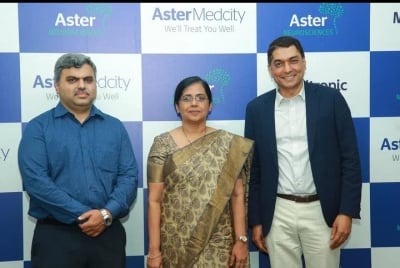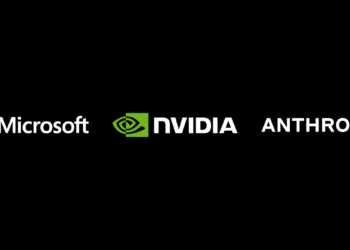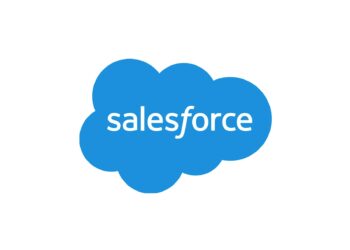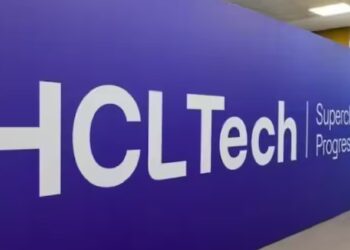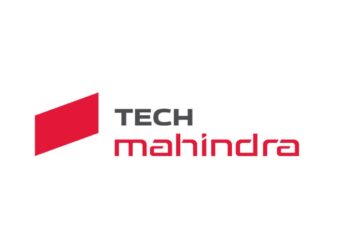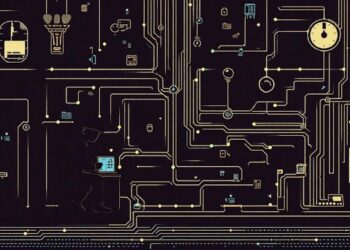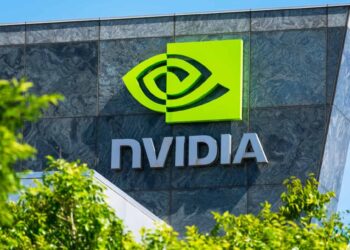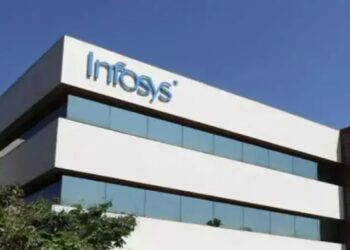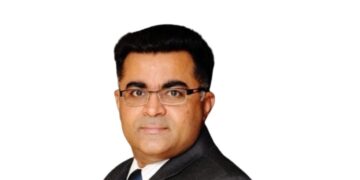Aster Medcity and India Medtronic Private Limited, a wholly-owned subsidiary of Medtronic plc, have partnered to build a comprehensive and advanced Deep Brain Stimulation (DBS) program for Parkinson’s patients in India.
- The partnership with Medtronic aims to spread awareness about Parkinson’s disease, the role of DBS as a standard of care in the disease, and increase patients’ access to advanced DBS therapy through the Parkinson’s and Movement Disorder Program.
- Having completed 50 DBS procedures in the last 15 months, Aster Medcity is the most active DBS Centre in Kerala.
Parkinson’s disease is a progressive disorder that in the more advanced stages causes severe disability due to the increasing severity of movement-related problems, and balance and cognitive functions symptoms. Overall, movement disorders constitute 3-8% of neurological disorders in India with a crude prevalence rate (CPR) varying from 31 to 45/100,000 above 60 years of age.1 In 2016, it was estimated that 6.1 million people worldwide had Parkinson’s disease. The prevalence in India was estimated to be 10% of the global burden, that is, 5.8 lakhs.2 DBS is a therapy in which a small pacemaker-like device sends electrical signals through very thin wires, known as ‘leads’, to a targeted area in the brain related to the symptoms.
The aim of the partnership is to increase the outreach of the program to all Parkinson’s and movement disorder patients who need the treatment, especially to those with relatively early onset (under 45 years) or young- the onset of Parkinson’s disease so that they get back their mobility and functional capacity in the most productive years of their lives.
50 patients with Parkinson’s have benefitted from the partnership program in the last 15 months, making Aster Medcity the most active DBS Centre in Kerala. This was possible under the highly experienced clinical team comprising of Dr. Asha Kishore who has 20 years of experience in DBS treatment, and Dr. Dilip Panikar, Senior Consultant Neurosurgeon. Together, they performed the first DBS procedure in India in 1998. Aster’s expert team also comprises of Dr. Shejoy Joshua, Consultant Neurosurgery, Dr. Anup Nair, Consultant Neurosurgery and Dr. Kanchana Pillai, Consultant Neurologist.
“DBS procedure requires high level of skill and training for both the medical and surgical team members. Even with the current technologies, DBS is a challenging procedure for the DBS team worldwide. Accuracy of electrode placement in the very deep and small regions of brain is most critical in getting the best clinical outcome for the patients even if all other requirements are met. DBS is superior to medical treatment in improving the quality of life and in reducing the motor symptoms of Parkinson’s disease if performed before the disease progresses to a very advanced stage. We are thrilled to collaborate with Medtronic, as partnerships like this can help to introduce the most advanced technologies such as NeuroNav MER system in DBS procedures. It will help the Movement Disorder specialist to provide accurate information to the Neurosurgeon on accuracy of targeting during DBS procedure,” explained Dr. Asha Kishore, Senior Neurologist and Movement Disorder Specialist, Parkinson and Movement Disorder Centre at Aster Medcity.
Madan Krishnan, Vice President & Managing Director, Medtronic India said, “The aim of the partnership with Aster is to take Parkinson’s management to the next level by empowering surgeons to make faster and more accurate treatment decisions using DBS therapy. Clinicians can deliver truly data-driven, personalized therapy that fits the needs of today’s patients. With the advanced NeuroNav MER systems, target localization, that used to take 40 to 45 minutes can now be done in 10 to 11 minutes. It serves as evidence of our dedication to the Medtronic Mission and Parkinson’s patients in India.”
“Through our partnership with Medtronic, we are able to provide the latest advancements in Parkinson’s management. The technology will enhance the quality of patients’ lives and further improve clinical outcomes. We are delighted to introduce and offer such advanced healthcare technologies and therapies to patients in Kerala and rest of India,” said Farhan Yasin, Regional Director, Aster Hospitals-Kerala & Oman.
“DBS is a minimally invasive procedure for accurately placing an electrode into a small target in the brain through a 14mm hole in the skull. Stimulation delivered through this electrode is used to modulate functioning in the brain and produce beneficial effects in various conditions like Parkinson’s disease and others. The identification of the target is done with high-resolution CT and MRI scans and the placement of the electrode is done using stereotactic surgery. Advancements in technology have made it possible to map cellular activity and functioning, thus improving the accuracy of placement and obtaining better functional results,” said Dr. Anup P Nair, Consultant Neurosurgery, Aster Medcity.
Microelectrode recording (MER) has been considered the gold standard in ensuring accuracy for the deep brain stimulation procedure. The NeuroNav MER system, developed by Israel-based Medtech company Alpha Omega Engineering, has been defining the new standard in neural navigation for the past three decades and received international recognition from numerous global leaders in the field of neurosurgery. It is a compact, field-proven MER system used clinically in the localization of surgical targets for the implantation of DBS electrodes for the treatment of neurological and psychiatric diseases. NeuroNav allows safe, simple and accurate insertion of electrodes into the brain, while recording neural activity and stimulating neural tissue.
REFERENCES
1 Das SK, Ghosh B, Das G, Biswas A, Ray J. Movement disorders: Indian scenario: A clinico-genetic review. Neurol India 2013;61:457-66
2 Dorsey ER, Elbaz A, Nichols E, Abd-Allah F, Abdelalim A, Adsuar JC, et al. Global, regional, and national burden of Parkinson’s disease, 1990–2016: A systematic analysis for the global burden of disease study 2016.
Lancet Neurol 2018;17: 939-53
![]() (Only the headline and images of this article may have been edited by the CXOvoice, the rest of the content is auto-generated from a syndicated feed.)
(Only the headline and images of this article may have been edited by the CXOvoice, the rest of the content is auto-generated from a syndicated feed.)
